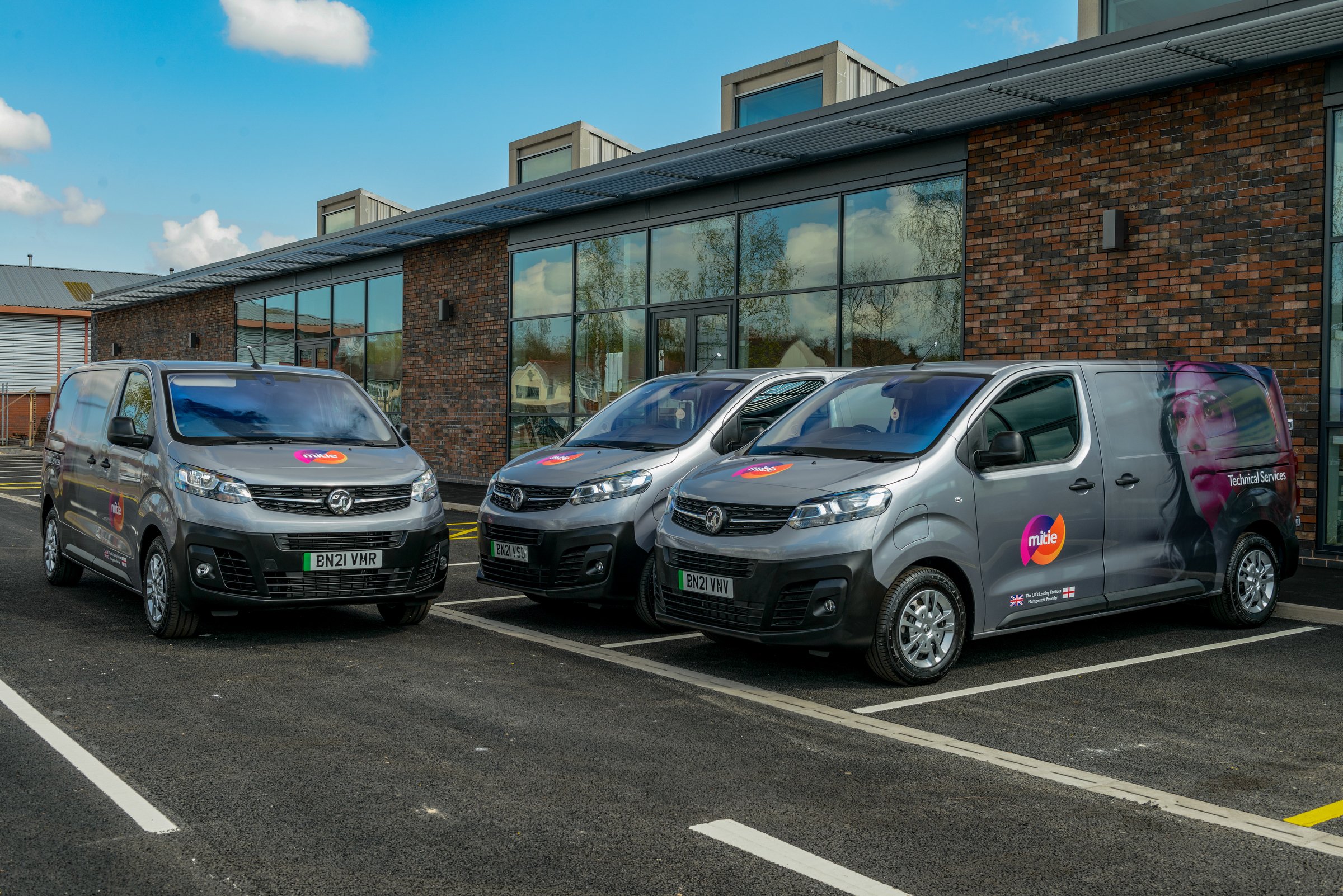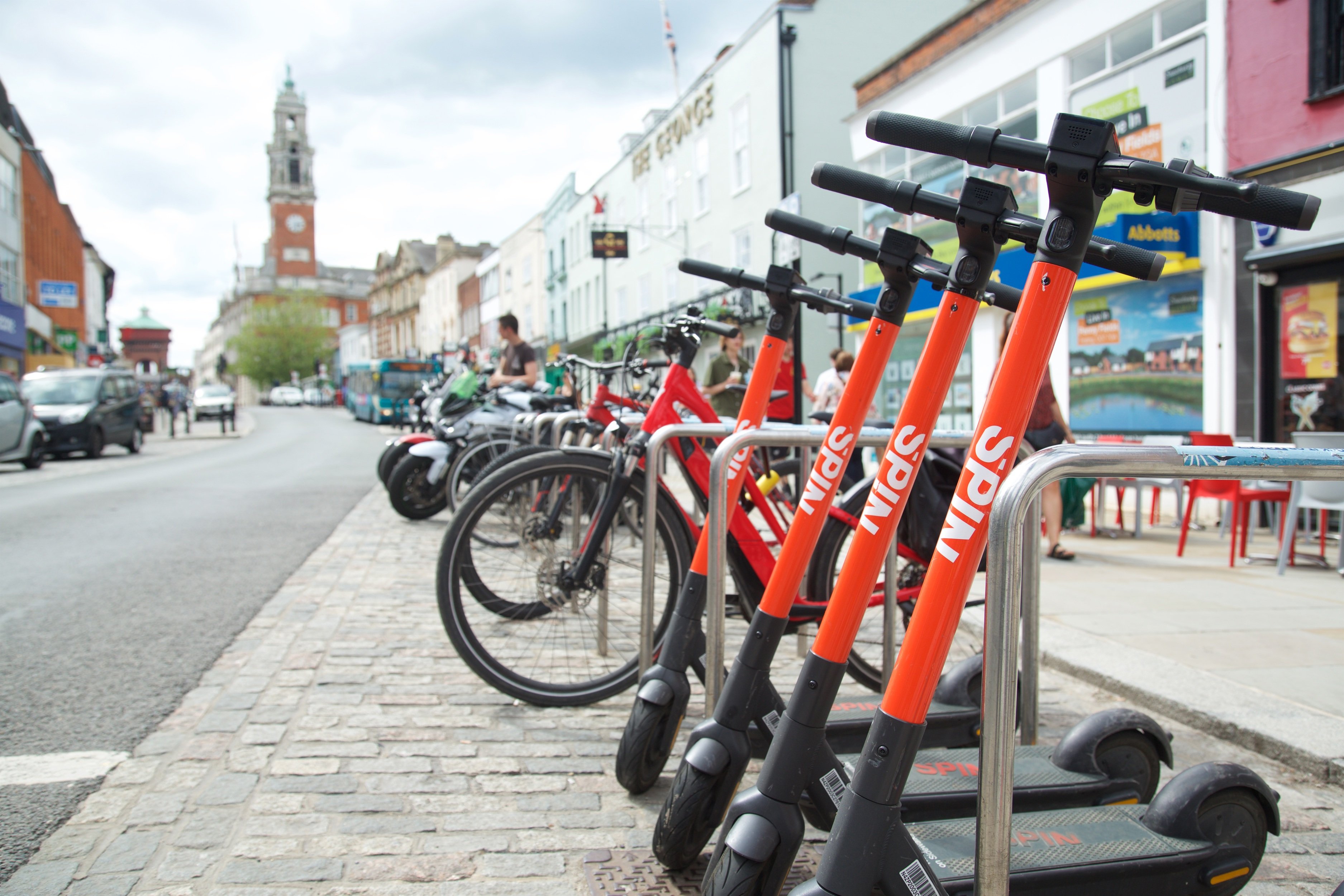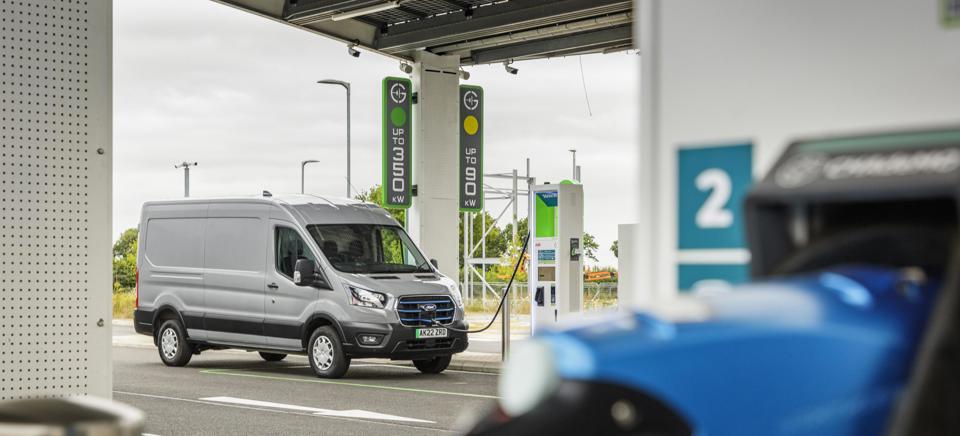Although the UK’s 2050 net zero carbon target might seem like a distant deadline, it’s already having a marked effect on the way businesses move. Provisional figures suggest greenhouse gas emissions from transport were only 13% lower in 2023 than they were in 1990, and now account for 29% of the UK’s total output – a figure which, for comparison, has more than halved (-53%) during that period. As businesses look to reduce their environmental impact, fleets are under growing pressure to adapt.
Confusing, and overlapping, demands
Scrutiny is increasing as sustainability becomes a more important differentiator. Plans to regulate environmental, social and governance (ESG) ratings providers were announced under the previous government, and transparency is already vital.
The UK’s Streamlined Energy and Carbon Reporting (SECR) framework requires quoted companies and large businesses or limited liability partnerships to publish energy use and greenhouse emissions within their directors’ report and compare it to at least one previous year to show improvements. Scope 1 (direct, including fuel use) and 2 (indirect, which covers electricity generation) are both mandatory, while Scope 3 (supply chain) is optional but can affect smaller and unquoted companies if clients demand it.
Toby Poston, director of corporate affairs at the BVRLA, warns that this creates two key challenges for businesses. The UK has multiple ESG regulations, which can make it difficult for decision-makers to understand which rules and deadlines apply. Having understood those requirements, securing multi-department buy-in and establishing the reporting framework can also delay progress.
“Potential partners and clients are increasingly demanding that those in their supply chain have a robust, evidenced approach to ESG factors. A competitive advantage of today will soon become a baseline expectation,” he comments.
“Decision makers should start now. The first year of sustainability reporting is hard because it's difficult to know what to do and set up can be a time-consuming process. Taking it step by step is crucial as the three core aspects of ESG can differ so greatly. Colleagues, potentially from different departments, should be brought in where they have the skills, expertise, or passion to support a company’s efforts in the individual areas.”
Suppliers can help, adds Paul Hollick, chair of the Association of Fleet Professionals (AFP). Transport accounts for an average 35-40% of a business’s CO2 and NOx emissions, and boards are demanding detailed data for reporting and to steer decarbonisation strategies. However, within fleet, that operational data is often spread across multiple platforms – and the required aggregation and analysis can be a costly necessity.
“Businesses realize that they've got to do it, and they've got to do it properly,” says Hollick. “ don't want to be the company, from a reputational perspective, that’s hauled over the coals because they haven’t done it right.”
Mandates and equitable electrification
Fleet decarbonisation is also steered by vehicle availability. All new cars and light commercial vehicles must zero emission at the tailpipe by 2035, and manufacturers are already facing progressively tougher annual sales targets as a share of new regulations. Although the Zero-Emission Vehicle (ZEV) Mandate has faced criticism in a market where inflated living costs are suppressing retail demand, it has complemented fleets’ sustainability initiatives.

Chris Cubberly, head of fleet at Mitie, comments: “We had already made significant progress before the ZEV Mandate became law. Since our fleet accounts for over 90% of our overall Scope 1 and 2 emissions, we prioritised targeting the carbon our vehicles create given this is crucial to reducing our environmental impact.
“With the pressure on manufacturers, who can be fined if they fail to hit their quotas, we haven’t seen a drop in supply which has led to us being able to electrify over 70% of our total fleet and over 95% of our car fleet. We are continuously investing in a significant number of new long-range EVs that will cater to a wide range of colleagues’ needs, including landscapers and mobile engineers travelling between sites.”
Fleets also benefit from generous financial incentives which are not available to retail customers. This includes lower company car tax bands for vehicles emitting 50g/km CO2 or less, while 100% of the lease cost (up to 50g/km) or purchase cost (0g/km only) can be deducted from pre-tax profits. Almost half (47%) of company car drivers have vehicles emitting 50g/km or less, according to HMRC’s latest Benefit-in-Kind statistics.
However, as Andrew Fordham, operations manager, payroll and fleet at Flagship Group points out, there are still challenges to address among that population. Drivers who can’t plug in at home pay significantly more to charge, Benefit-in-Kind savings will reduce as rates rise each year from April 2025, and lease prices have also increased too. The company recently budgeted an extra 10% to cover benchmark company car allowances for essential users.
“ a lot more expensive than ICE vehicles and with uncertainty over their future how long the batteries will last and if EVs will retain their value,” he says. “EVs, and the ability to pay less tax and drive more economically and environmentally friendly, is only available to those who can afford the set up. As such becomes a social class issue – something we’re keen to fight against, making the same opportunities available to all where possible.”
Commercial breaks
Deployment issues are even more acute for commercial vehicles. The Plug-in Van and Truck Grant provides some support towards purchase costs, but reduced range, payload, towing capacity and factoring charging into routes can make electrification unviable. Electric vans with a gross weight of 3.5 tonnes or more are also classed as HGVs, with operational considerations that their lighter diesel counterparts avoid.
Lilian Greenwood, minister for the future of roads at the Department for Transport, stresses that the government is aware of those issues. “We absolutely want to see more fleets switching to electric and are working with operators to see how we can address any barriers together,” she says.
“We’re exploring options to further optimise the driving licence flexibility, by reviewing the requirements for additional training, types of vehicles eligible for the flexibility, and towing allowance. We are also exploring options for MOT testing as well as drivers’ hours and tachograph rules for heavier zero emission vans. Road safety is a primary consideration in assessing any changes to regulatory weight thresholds.”
Fleets must consider those operational challenges when they set decarbonisation deadlines, as Tim Laver, managing director of Ayvens UK explains. Vehicle prices are falling as production volumes increase, while tax breaks and funding for charging infrastructure is making the transition more affordable, but the business case doesn’t always add up – especially for LCVs.
“ mandate is creating shifts in vehicle availability, as manufacturers increasingly prioritise the production of EVs to meet these quotas. This increases the requirement to ensure that use cases are understood so that the right EVs are selected for the fleet. It also means that assessing the total cost of ownership and establishing a structured data-driven plan for EV adoption is more important than ever,” says Laver.
“EVs offer a clear and impactful step towards decarbonisation, but they cannot achieve this in isolation and the pace of electrification should itself be sustainable in terms of cost and operational practicality. It's important to revise fleet policies related to company cars, cash allowances and grey fleets to ensure that the choices made are aligned with ESG goals and meet operational requirements.”
Looking beyond the fleet
That holistic approach to sustainability could include alternatives to the traditional vehicle fleet. According to the latest Department for Transport data, travelling from Glasgow to London in a petrol or diesel car produces three times more CO2 than going by train and four times more than a coach journey, both were also lower than using an electric car. However, the digital infrastructure connecting those different modes is not available yet.
The government is taking steps towards multi-modal mobility. In 2023, the Department for Transport published a voluntary code of practice for Mobility-as-a-Service (MaaS) providers, hoping to stimulate development of digital platforms enabling users to plan and book journeys across multiple modes and services. It’s the first set of national guidelines for stakeholders, prioritising active travel, zero-emission vehicles and increased occupancy (including freight) to reduce congestion.

Hollick says AFP members see a need for a broader mobility strategy, but adds that this flexibility can be challenging to introduce. Businesses have raised issues with additional time, ticket costs and expensive parking costs for using trains, while drivers don’t get incentives such as Benefit-in-Kind reductions if they share company cars with colleagues.
The association’s Tax and Regulation Manifesto suggests the UK government could learn from France, which provides tax-free mobility allowances for drivers who opt out of company cars, or the incentives for cycling and walking offered in the Netherlands, aimed at encouraging active travel.
“There’s no doubt that the cleanest mile is the one that’s either never driven, or not driven in a vehicle. I think most businesses should work out how to get their assets sweating better and reduce the requirement for so many vehicles on their fleet,” says Hollick.
“There are legislative and tax cuts that could be done to unbolt everything. Our manifesto contains a lot of things the government could change, which wouldn’t cost the earth, just to get people out of having cars outside their houses.”



















Login to comment
Comments
No comments have been made yet.